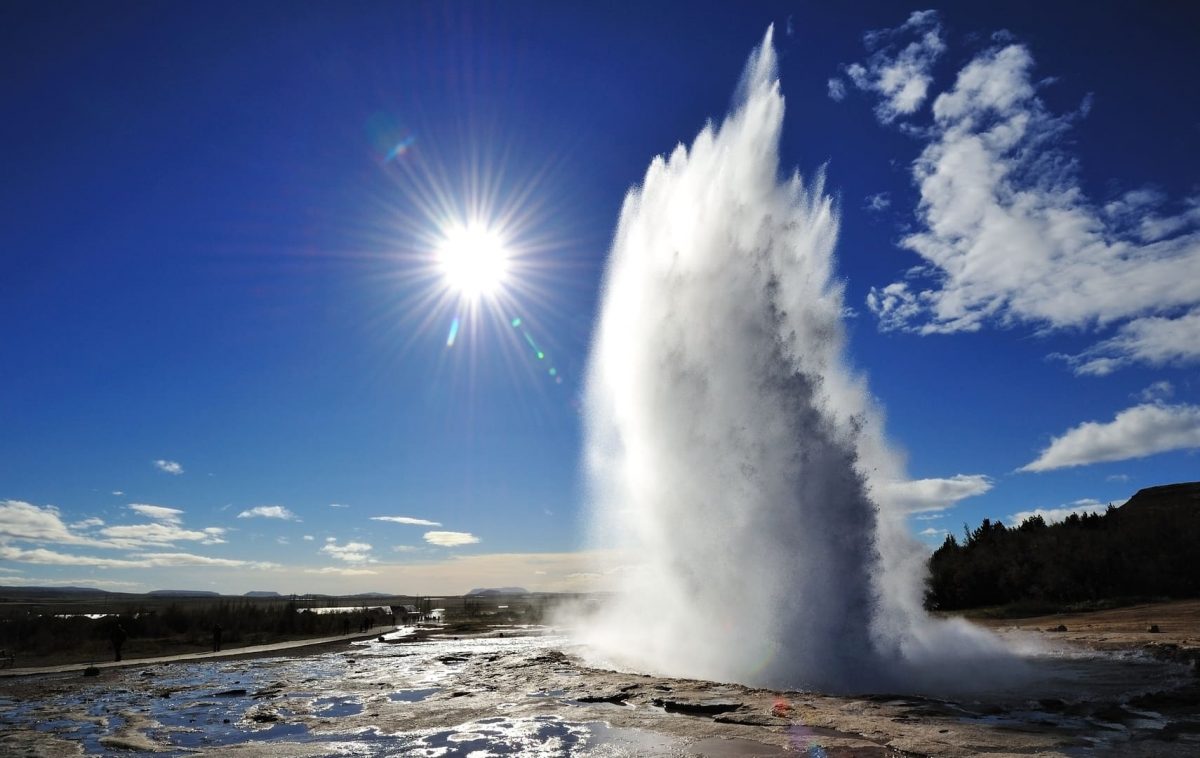Blog
24.11.2020
Iceland Innovates: Deep Drilling for Geothermal Energy
Interested in how to produce more energy from a smaller geographical footprint with less environmental impact? Dominic Ward explains what the Iceland Deep Drilling Project is and why it's good for high intensity compute.


At Verne Global, we know Iceland’s 100% renewably powered energy grid is an ideal choice for the high performance computing and AI technologies driving today’s data center demand. Abundant, scalable power, is delivered by one of the world’s most modern grids. Iceland is also at the forefront of geothermal energy development by continuing to push boundaries in how its energy is extracted and used.
In 2017, Iceland demonstrated its ingenuity by becoming the only country to successfully find supercritical geothermal fluids (SCF) via the Iceland Deep Drilling Project. The IDDP, as it’s known, was created “to find out if it is economically feasible to extract energy and chemicals out of hydrothermal systems at supercritical conditions.” The heat capacity of these fluids is incredibly high, making them more energy efficient as they increase the energy content per kilogram of water as it reaches the Earth’s surface. This produces more energy from a smaller geographical footprint and less environmental impact.
This was no small feat as, like the ocean, the deeper you go into the earth’s surface, the greater the pressure. The temperature also rises up to 600℃ requiring special equipment that won’t melt at high temperatures. For the IDDP, wells were drilled down to nearly 5km below the surface where the SCF were discovered. Managing a successful drill was just the first step, the challenge now is extracting useful energy from these wells.
The complexity of a project such as this is greater than standard geothermal drilling, but the pay-off is also greater. Wilfred Elders, who was involved with the IDDP and is Professor Emeritus of geology at the University of California, Riverside, said to Time, “This is a technique in its infancy. We’re the first people in the world to do it. If it is successful, it could potentially increase the available geothermal power by a factor of 10.” The result would increase geothermal energy as not only a percentage of the global renewable energy mix, but also by adding more renewable energy into the grid.
Iceland may have been the first to find success, but other countries are exploring the technology as well. Italy has fallen just shy of their initial targets as they encountered heat issues that made it too unsafe to continue, but learned that seismic activity did not increase with the drilling. Across the South Pacific, Latin America and the United States, similar projects are being explored as the race to clean energy sources heats up.
Demand for geothermal energy is only going to increase as countries around the world look to meet sustainability targets across a variety of initiatives to combat climate change. Iceland not only powers an entire country on sustainable resources, but does so while only tapping into 10% of its capacity today. Adding projects like IDDP to the mix will open up economic opportunities within Iceland, particularly for power intensive industries, like data centers. The chance to capitalise on these kinds of innovations, while having a carbon neutral impact, will be a game changer, indeed.